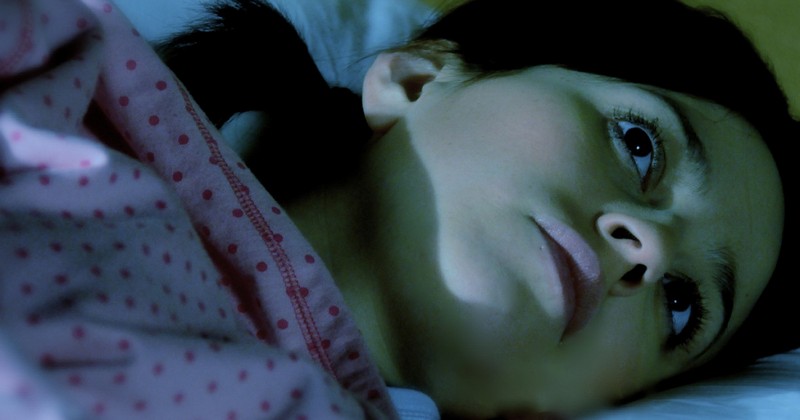Sleepwalking: the king of sleep disorders

Sleepwalking (or noctambulism) and its characteristics.
Today we talk about sleepwalkingWho has never heard about people who walk, talk or sit alone when they are sleeping? Stories and anecdotes are frequently told about one or more members of the family circle who have come to walk alone through the house wanting to open doors or windows, or who while sleeping talked or "called" to acquaintances.
In addition, after these episodes, when the next morning the person involved in the event is told what happened, it is rare that he or she remembers anything. The truth is that sleepwalkingalso known as noctambulismis so strange that it has been shrouded in a mist of rumorology and myths. rumorology and myths (such as the belief that it is advisable not to wake up the sleepwalker). This brief article aims to clarify doubts about this phenomenon.
Sleepwalking: definition and symptoms
For Navarro and Tortajada (1994) "sleepwalking is a generally benign sleep disorder characterized by brief episodes of wandering that appear during slow-wave sleep (fourth stage), almost in the first third of the night". These episodes, which usually last from 40 seconds to 40 minutes, can include almost any type of behavior or express incoherent or very clear words or phrases.
As for the symptoms, Navarro and Tortajada give us the following characteristics about the sleepwalker's behavior:
- They may lift the sheets, arrange them, and then lie back down and go back to sleep.
- Getting up and walking around the room or out of the room.
- Opening eyes during sleep
- Clumsy motor activity
- Playing musical instruments
- Drinking liquids, etc.
Onset of sleepwalking
Sleepwalking is therefore a sleep disorder, as it involves a disturbance of normal behavior during this phase of daily life and can be detrimental to an individual's well-being. But beyond its basic effects, sleepwalking can begin to manifest itself in different ways.
It is known that this sleep disorder tends to occur in childhood with a prevalence of 20% and its onset usually occurs between the ages of 4 to 8 years. Although many scientists affirm that in adulthood it is rare to find this disorder, there are data that corroborate the existence of this disorder in adults, perhaps not in a high percentage, but in a significant degree of 1 to 3%. In people who experience it during adulthood, it should be emphasized that both in its symptomatology and etiology it differs from sleepwalking in childhood.
In a study conducted by Dr. Guiezzepi Plazzi of the University of Bologna and published in the journal Neurological Science states that in children between the ages of 4 and 6 years it occurs more frequently. It also concludes that in some people there is an impulse to have sexual intercourse during a sleepwalking event, (this is called somnambulistic sexual behavior, or sexomnia).
Causes of sleepwalking
To date, there is no unified theory based on solid evidence that explains the causes of sleepwalking. What it seems to be confirmed is that it is hereditary: it has been concluded that 70 to 80% of sleepwalkers have family members who have had a sleep disorder in their lifetime..
Some mental health professionals indicate that sleepwalking in children is associated with fatigue and anxiety. In the adult stage it could be associated with the consumption of some type of drugs.
Treatment of sleepwalking
To date, there is no specific treatment for this sleep disorder. What do exist are preventive measures, which are aimed at children who suffer from it and their parents, who must be alert so that when an episode occurs the subject does not endanger his life.
If these episodes have occurred in adolescence and adulthood, professionals recommend relaxation techniques, and alternative techniques such as hypnosis, yoga, etc. (as long as they complement a psychological intervention). psychological intervention). A pharmacological treatment can be recommended if the sufferer is an adult and if it is indicated by a psychiatrist and according to his indications.
Today, science is still working to find the origin of sleepwalking. In the meantime, we will continue to be intrigued by the behavior of a person who, while asleep, can act like an awake person.
Bibliographical references:
- Navarro, F. and Tortajada, R. (1994). Behavioral PsychologyVolume 2, Faculty of Psychology, University of Malaga and Valencia.
- Dee Unglaub Silverthorn, (2009). Human Physiology, an integrated approach.. Madrid: Editorial Médica Panamericana.
- Caballo, V. (2008). Manual of modification and behavior.. Ecuador: Faculty of Psychological Sciences of the University of Guayaquil.
(Updated at Apr 13 / 2024)